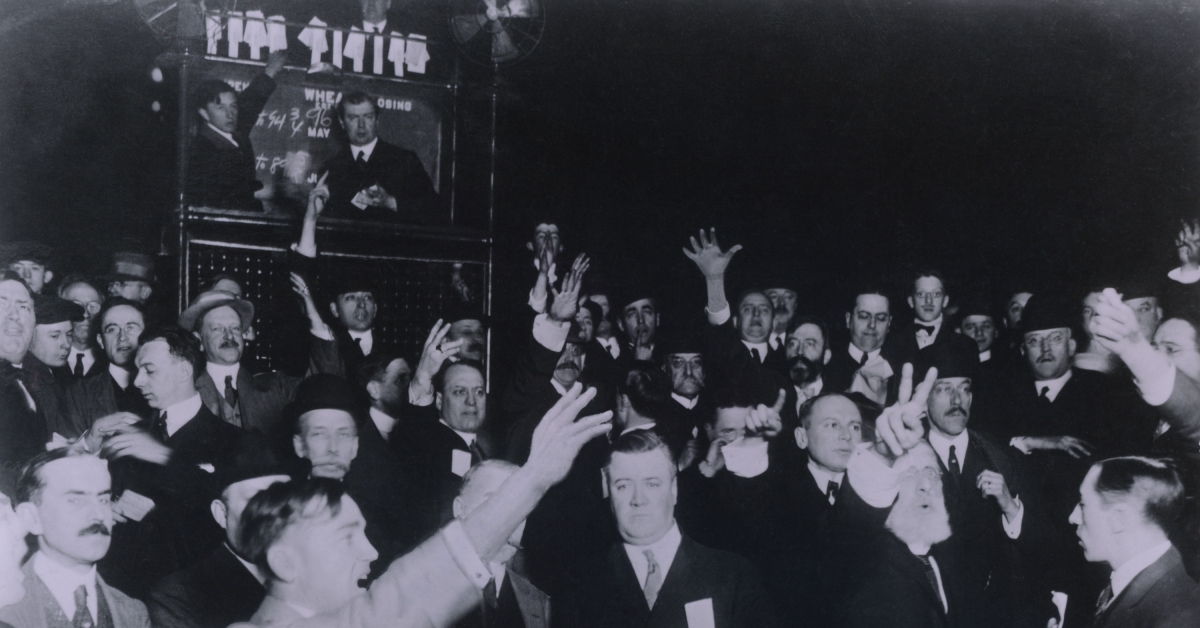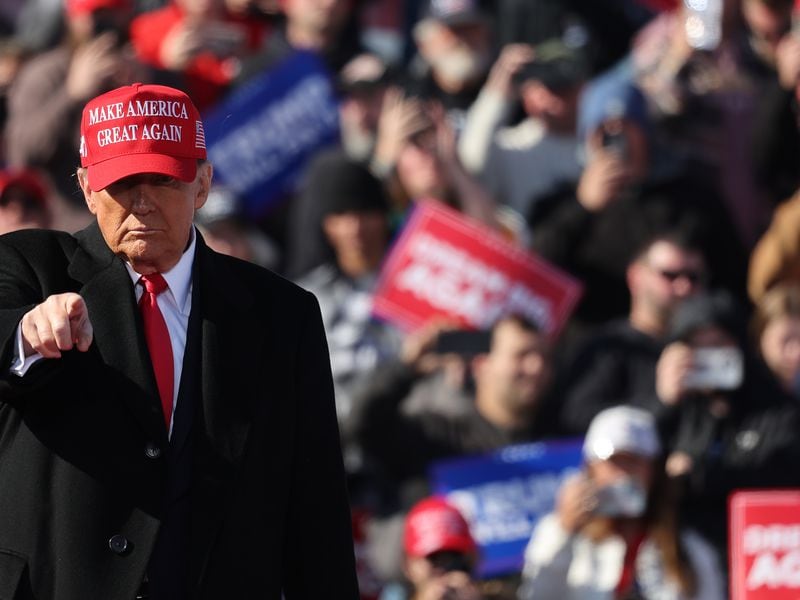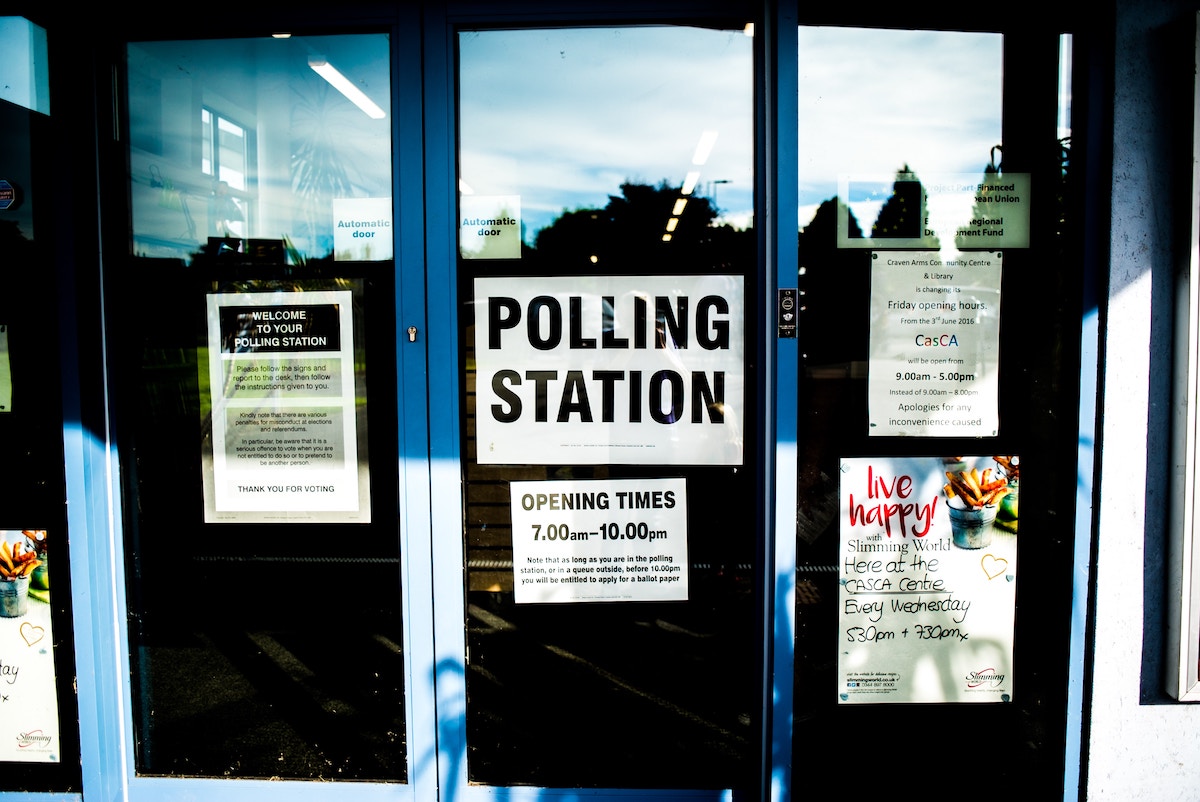DOGE, SHIB Rally Eases as Bitcoin Bullishness Remains ‘Elevated’
/arc-photo-coindesk/arc2-prod/public/LXF2COBSKBCNHNRE3WTK2BZ7GE.png)
-
Ether, Solana’s SOL, and other major tokens remaind little changed.
-
XRP led the gains, rising 10% in the past 24 hours.
Dogecoin (DOGE) and Shiba Inu (SHIB) gave back gains after a 25% rally last week, falling as much as 6%, as bitcoin (BTC) hovered above the $71,500 mark on Tuesday.
Data shows that other major tokens ether (ETH), Solana’s SOL, BNB Chain’s BNB, and Cardano’s ADA were little changed in the past 24 hours. XRP led the pack among crypto majors with a 10% in the past 24 hours. The gains came amid a technical development announcement that would help developers provide better applications and services to users.
The CoinDesk 20 index (CD20), a liquid index of the twenty biggest tokens minus stablecoins, rose 0.73%.
Spot bitcoin ETFs crossed the $10 billion inflow mark for the first time since going live in January, BitMEX Research noted in a Tuesday post. Some market observers say this could lead to a “sell-side” crisis in the medium term should such flows continue.
“Bears can’t win this game until spot bitcoin ETF inflow stops,” said CryptoQuant founder Ki Young Ju in an X post. “Last week, spot ETFs saw netflows of +30K BTC. Known entities like exchanges and miners hold around 3M BTC, including 1.5M BTC by U.S. entities.”
“At this rate, we’ll see a sell-side liquidity crisis within 6 months,” Ki added.
Meanwhile, Singapore-based trading firm QCP Capital said in a Telegram broadcast on Tuesday that the bitcoin options market flashed a bullish sign for traders but expressed caution ahead.
“The volatility market continues to express bullishness in BTC as volatility remains very elevated for the calls, particularly in the backend of the curve,” QCP said. “We are wary of another washout with funding rates reaching elevated levels again, although we still expect dips to be bought up very quickly,” the firm added.
Volatility is a dynamic figure that changes based on activity in the options marketplace. Funding rates are paid by leveraged traders to those on the opposite side of that trade, and the bias toward long or shorts can indicate a bullish or bearish view of the market.
Edited by Parikshit Mishra.









